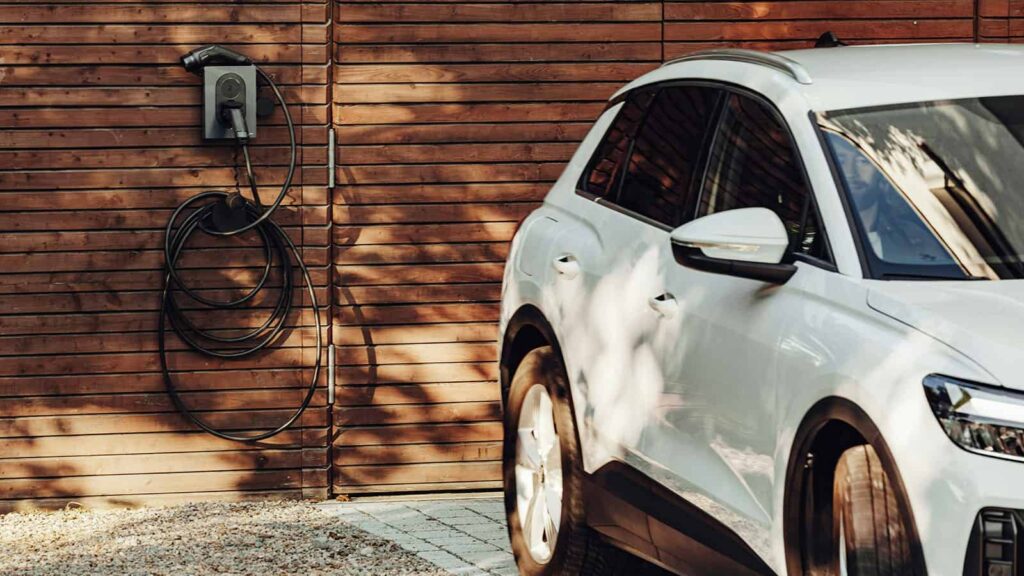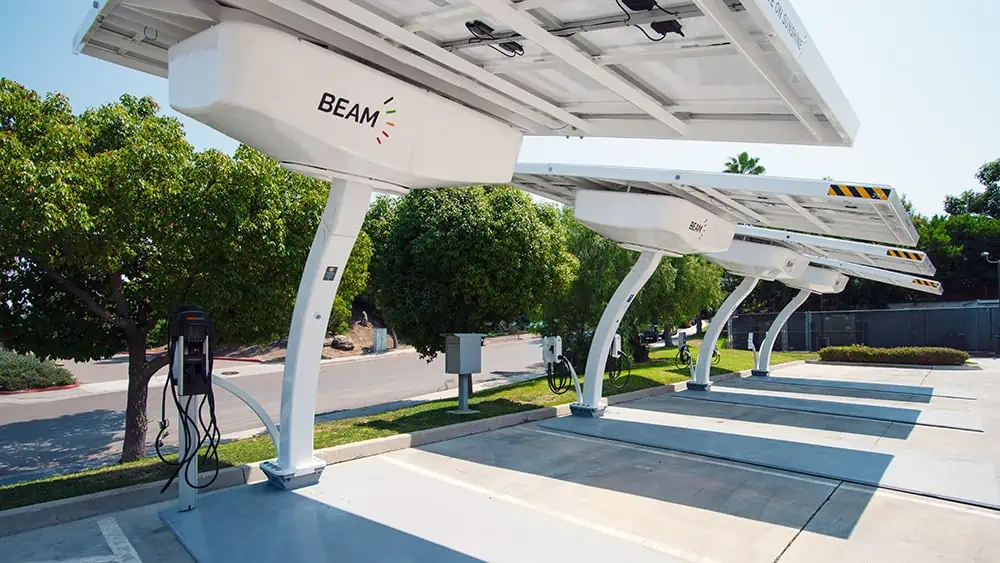Why Using Solar for Charging Your Electric Vehicle Is a Wise Decision
EVs are the most eco-friendly form of transportation, which is why they are receiving significant government support. Government funding for EV charging has increased substantially over the last few years in an effort to decrease the many negative effects of climate change.
Battery-electric vehicles are the most environmentally friendly, with zero emissions. Less eco-friendly mobility options include hybrids, which have enjoyed a resurgence in the U.S. due to the current lack of widespread EV charging. Plug-in electric vehicles are the recommended hybrid if you plan to buy or lease a hybrid. A standard hybrid electric vehicle does not have a plug, so the battery acts as a range extender, giving the vehicle better gas mileage than a traditional internal combustion engine vehicle.
Using solar for charging your electric vehicle — whichever type of EV you drive — is recommended as the most economical and eco-friendly way to drive completely emissions-free.

Renewable Energy Is the Most Eco-Friendly Energy Type; Solar Energy is the Most Widespread
The power source charging electric vehicles determines how eco-friendly they are when driving. Renewables are the most eco-friendly energy source, and they are in three main categories: solar, hydro, and wind. Some parts of the U.S. have a significant wind resource. Homes and businesses near a river or water source may benefit from hydro. However, the most common and fast-growing form of renewable energy in the U.S. is solar power.
Because the sun shines only during the day, batteries are needed to store the energy when the sun goes down. Batteries can range from home use, such as LG Home Battery’s Powerful RESU 16H PRIME and 10H PRIME, to incredibly large and powerful BESS (Battery Energy Storage System) utility-scale applications. Solar power installations can be as small as a single home or astoundingly large solar farms. See EVinfo.net’s picks for the top five home batteries for Solar and EV Charging.
Solar power use is growing fast all around the United States, for both homes and business. In California, solar has been required on all new residential construction since 2020. Since then, many other U.S. states are making similar solar mandates.

The Many Cost and Environmental Benefits of Solar Power
Adding solar power brings many advantages. Its eco-friendly nature is only one benefit. Another significant benefit is cost savings. By generating your own electricity, your payments for electric power to the utility company either decrease by a large amount or disappear entirely. In some cases, you can sell excess power back to the utility, making a profit from your solar panels.
One issue with solar panels is their high cost, which typically takes a homeowner up to 15 years to pay off a return on investment (ROI), after which electric generation is completely free.
With battery storage, a benefit is that your home’s electricity can stay on during a power outage, including providing power for home car charging stations. Basically, to charge a car battery with solar is very eco-friendly and economical.
But when you’re using electrical grid power instead of solar for your charging, the end result may not be so eco-friendly. The “Well to Wheel” method is one method to evaluate the efficiency and emissions of an energy source by considering its entire life cycle, providing the most complete and accurate way to measure energy consumption and greenhouse gas emissions. In this analysis, fossil fuels used to generate energy at power stations owned by utilities are used to power EV charging in many cases. In these cases, driving an EV is not as eco-friendly as it could be.
However, many utilities are moving more quickly into using renewables, which provide the driver with a completely emissions-free driving experience. For homeowners, using solar to power a home EV charger is the most eco-friendly and inexpensive option.
Solar Combined With EV Charging Is Growing Fast
In most EV charging cases, solar is growing incredibly fast. One example is the Mercedes-Benz Charging Hub located at the Mercedes-Benz USA headquarters in Sandy Springs, Georgia, which opened in November 2023.
One of the hub’s many impressive features is a solar canopy, providing weather cover for customers, overhead LED lighting for safety, and solar panels on top, generating passive clean electricity to power the EV chargers.

Solar EV Chargers
Some EV chargers are completely solar-powered. Beam Global, located in San Diego, California, offers a solar-powered EV charging option.
Beam Global’s patented EV ARC™ 2020 is the only 100% renewable, transportable, off-grid EV charging option on the market, fitting into one standard parking space. It offers solar for charging EVs, even during power outages.

Home and Business Solar Options
Home and business owners can lease or buy solar panels. In leasing, a power purchase agreement (PPA) is one way a home or business owner can get started without high up-front costs.
In this instance, the solar company installs and owns the panels, charging the home or business owner a monthly fee.
How Many Solar Panels Do I Need to Charge My Home and EV?
When installing solar, you’ll want enough solar power to cover your home power usage, including solar for charging your EV. Start with your electric bill. If you are already charging your EV at home, you’ll see how much EV charging has added to the monthly amount due for power usage. If you’re not charging your EV at home yet, you can estimate the kwh per mile needed to add EV charging to your power costs.
Many things are considered when getting an estimate for how many panels you’ll need. These include the sun’s position throughout the day for ideal panel placement, as well as roof orientation. If the roof will need repairs or replacement soon, it’s best to do that before installing solar. Check with several solar companies when getting estimates, and do your research.
Solar power can be complex to understand, but by spending the proper time on it, you’ll make the best decision. Be sure you get a battery backup so that you’ll have power during an outage, including EV charging at home.

Electric Vehicle Marketing Consultant, Writer and Editor. Publisher EVinfo.net.
Services